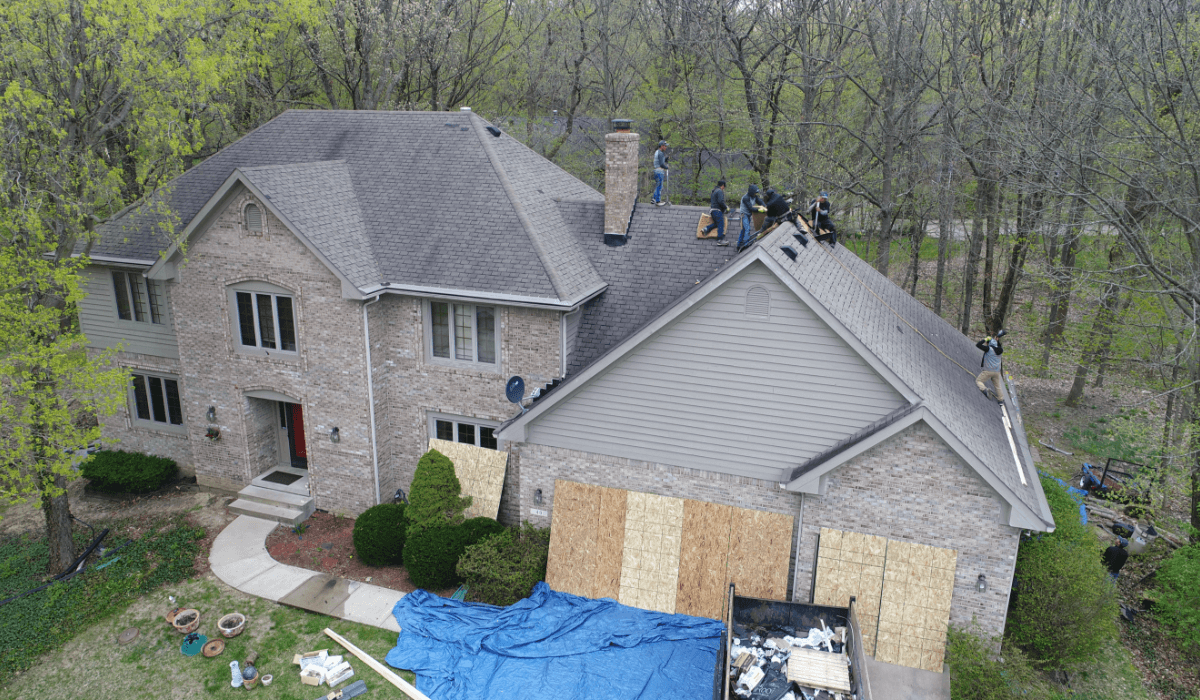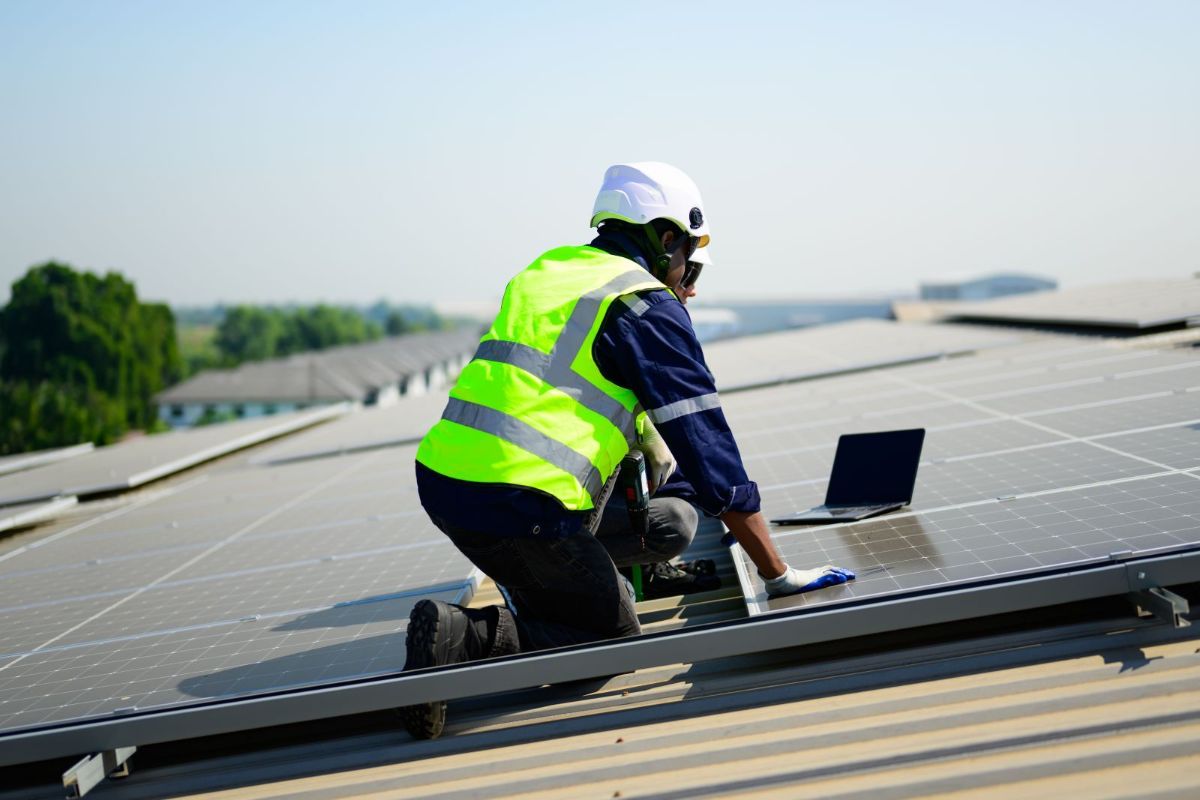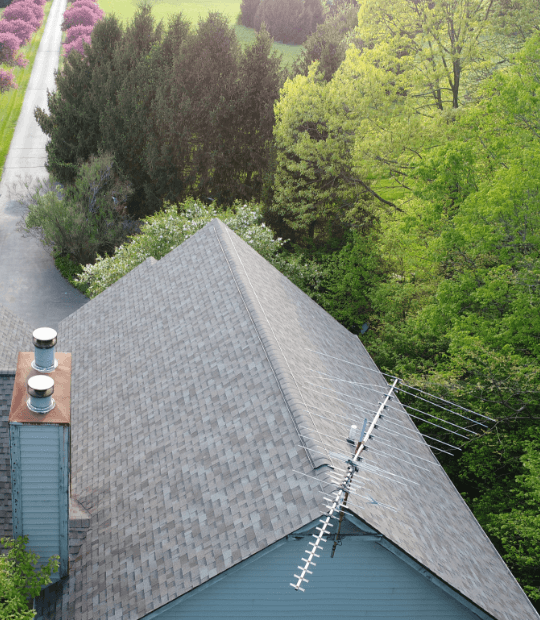A sturdy and well-maintained roof is one of the most crucial components of any home or building. It not only protects the structure from the elements but also contributes to the overall aesthetic appeal. However, over time, roofs can develop issues that require immediate attention. Whether it's a minor leak or more significant damage, quick and effective roof repair solutions are essential to prevent further damage and ensure the longevity of your roof.
In this article, we will explore some common roofing issues and provide swift and efficient solutions to address them.
1. Leaky Roof
A leaky roof is one of the most common and urgent roofing problems. Water seeping through your roof can lead to structural damage, mold growth, and costly repairs. To address a leaking roof swiftly:
- Locate the Source: Identify the exact source of the leak by examining your attic or ceiling during rainfall. Once you find the source, mark the area for repair.
- Temporary Patch: To temporarily stop the leak, use roofing cement, tar, or a roofing patch kit. Apply the material over the damaged area, ensuring it is well-sealed. However, this is just a temporary solution; a professional inspection and permanent repair are essential.
- Professional Help: Consult a roofing professional to diagnose the root cause of the leak and provide a permanent fix. It could be a damaged shingle, flashing, or more extensive roof damage that needs immediate attention.
2. Missing or Damaged Shingles
Strong winds, heavy rain, and hail can dislodge or damage roof shingles, leaving your roof vulnerable to further damage. To address this issue:
- Replace Missing Shingles: If you have spare shingles from your initial roofing installation, replace the missing or damaged ones. Make sure to follow manufacturer guidelines and use the proper tools.
- Seal Damaged Shingles: For damaged but not missing shingles, you can use roofing cement to reseal them. Apply the cement under the shingle and press it down firmly.
- Professional Inspection: A professional roofing inspection can assess the extent of the damage and ensure that no underlying issues, such as water damage or rot, exist.
3. Flashing Problems
Flashing is the material used to prevent water from seeping into the joints and seams of your roof, such as around chimneys, vents, and skylights. Damaged or improperly installed flashing can lead to leaks. To fix flashing issues:
- Seal Gaps: If you notice gaps or holes in the flashing, use roofing cement to seal them. Apply the cement generously to ensure a watertight seal.
- Professional Repairs: For more significant flashing problems, it's best to consult a professional roofer. They can replace the flashing material and address any underlying damage to ensure long-term integrity.
4. Clogged Gutters
Clogged gutters can lead to water overflow, which can damage your roof, siding, and foundation. To address this issue:
- Clean Your Gutters: Regularly clean your gutters to remove leaves, debris, and other obstructions. Ensure that the downspouts are clear and directing water away from the foundation.
- Install Gutter Guards: Consider installing gutter guards to prevent debris from entering the gutters in the first place. This can significantly reduce the need for regular cleaning.
5. Ice Dams
In cold climates, ice dams can form on your roof's edge, preventing proper drainage and causing water to pool and potentially enter your home. To deal with ice dams:
- Insulate Your Attic: Properly insulate your attic to prevent warm air from escaping and melting snow on your roof. This can help mitigate ice dam formation.
- Roof Rake: Use a roof rake to safely remove snow from your roof, reducing the potential for ice dams. Ensure that you don't damage the roofing material while doing this.
- Professional Consultation: If ice dams are a recurring issue, consult a roofing professional to evaluate your roof's ventilation and insulation and recommend long-term solutions.
6. Roof Aging and Wear
Over time, all roofs will experience natural wear and tear. To ensure your roof's longevity:
- Regular Inspections: Perform routine roof inspections, ideally annually, to catch minor issues before they become major problems.
- Maintenance: Keep your roof clean, clear of debris, and well-maintained. Trim overhanging tree branches that may damage your roof during storms.
- Timely Repairs: Address any minor issues promptly to prevent them from escalating into more significant and costlier repairs.
- Professional Evaluation: Consult a professional roofing contractor for a comprehensive evaluation of your roof's condition, especially as it ages. They can provide recommendations for maintenance, repair, or replacement.
A well-maintained roof is essential to protect your home and its occupants. Swiftly addressing roofing issues, whether it's a leak, damaged shingles, flashing problems, clogged gutters, ice dams, or regular wear and tear, is crucial to prevent more extensive and costly damage. Remember that while some quick fixes can be done by homeowners, consulting a professional roofing contractor is often the best course of action to ensure the long-term integrity of your roof. Regular maintenance and inspections are the keys to a healthy and long-lasting roof.



